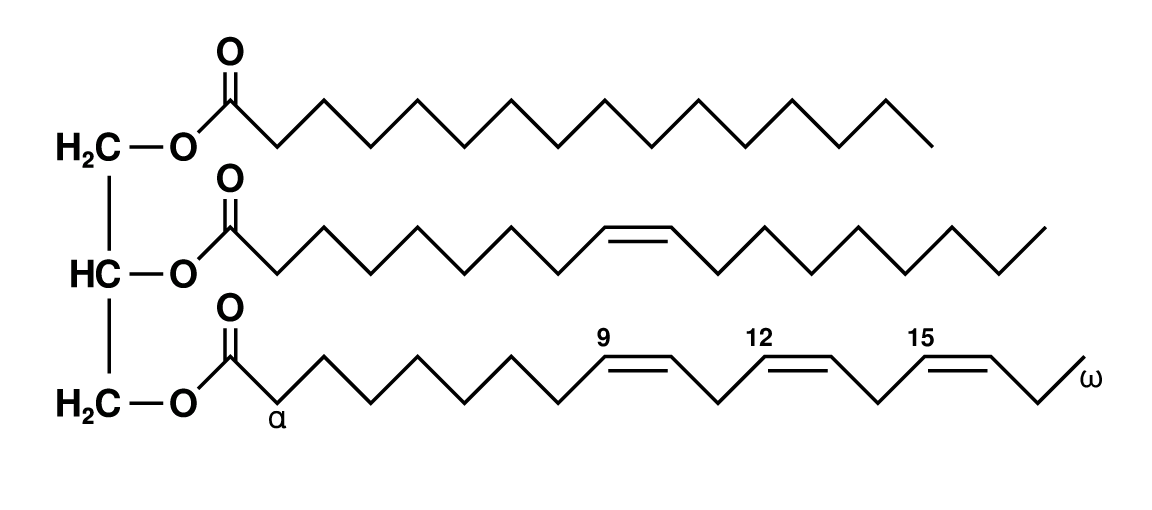Carbohydrates:
Carbohydrates are molecules that are composed of carbon, hydrogen, and oxygen. Examples of carbohydrates include sugars and starches such as deoxyribose, Which is the sugar in DNA. As well as glucose wich is the sugar that runs your body. Carbohydrates are the sugars in your body that are used up for energy first.
 |
| Deoxyribose |
 |
| Glucose |
Lipids:
Lipids are fats, the fats you need to know are:
1. Cholesterol: Its a structural fat that is hard to break down. It is components in membranes along with phospholipids and part of vitamin D as well. Cholesterol is also part of steroids wich we will be learning about in a later unit.
 |
| Cholesterol |
2. Fatty acid: Is a long chain of carbons they are insoluble in water. A good example of this is oil in water. Two types of fatty acids include:
-Saturated Fats: A chain of atoms that have Hydrogen bonded to every carbon.
-Unsaturated Fats: Every carbon is double bonded to another carbon.
3. Triglyceride: are fats that have three tails of oxygen.
4. Phospholipds: these are little fats that make up the membranes of cells. They act as the gate of the cell.
Proteins:
Proteins run everything in the body. Proteins act as a messenger from cell to cell and do everything in the cell. We will be learning more about proteins in the next couple of units.
For those that are visual learners here are two videos that are great for seeing how some of the bigger and harder to visualize molecules work:
Carbohydrates:
Lipids:




No comments:
Post a Comment